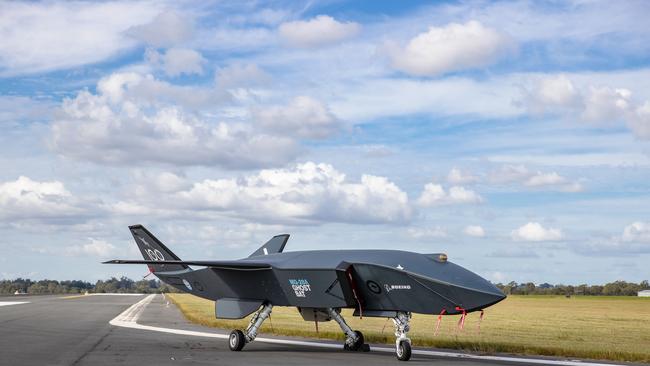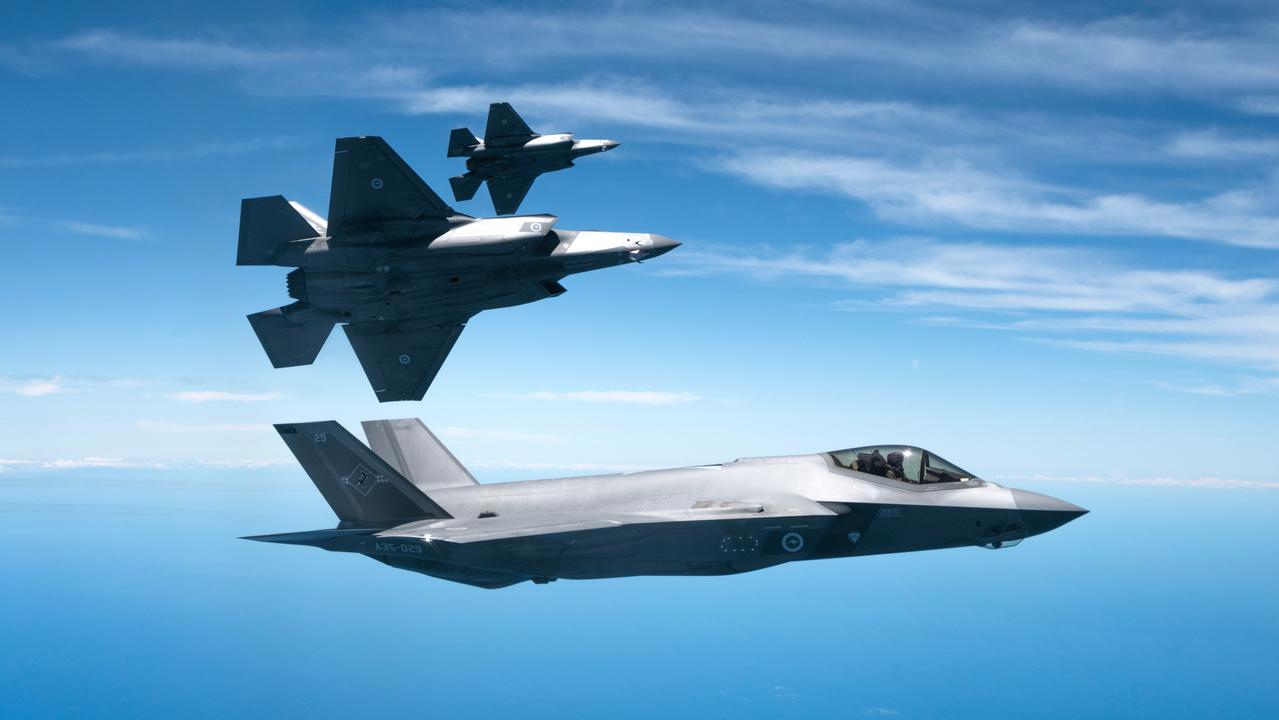Strike and defend at long range a priority for ADF
A good place to start would be to examine how to expand an Australian area denial through investing in new technologies.

The 2023 Defence Strategic Review (DSR) now under consideration by the Albanese government will clearly emphasise greater investment in long-range strike capability for the ADF.
The signals coming from the government are clear, with Defence Minister Richard Marles emphasising “impactful projection” as a key requirement for the ADF.
He argued in November 2022 that “we must invest in targeted capabilities that enable us to hold potential adversaries’ forces at risk at a distance and [which] increase the calculated cost of aggression against Australia.”
Greater ability to strike and defend at longer range needs to be a priority.
A good place to start would be to examine opportunities to expand an Australian anti-access and area denial envelope through investing in new technologies, such as enhanced propulsion for the F-35A to give that aircraft longer range and endurance and developing the MQ-28A into a longer-range, higher-performance platform that can support both air to air and air to ground operations.
At the same time it’s not too early for the Australian government to initiate discussions with the US and UK under AUKUS on next-generation air-combat capabilities that could complement the F-35A in the early 2030s, and then ultimately replace the Joint Strike Fighter (JSF) by the late 2040s.
In this regard, a number of key projects are under way, including the US Air Force Next Generation Air Dominance (NGAD) project, the US Navy’s F/A-XX, and the UK’s Global Air Combat Platform (GCAP) based around its Tempest aircraft, that is proceeding with Japan and Italy as partners.
Australia needs to play an active role in these projects and consider how next-generation air-combat capabilities can be introduced in a manner that opens up a “sixth generation” future for the RAAF.
The RAAF’s F-35A Joint Strike Fighter has an unrefuelled combat radius of about 1093km which means that operating from RAAF Tindal in the Northern Territory, a JSF on internal fuel can reach into the Banda Sea before having to airborne refuel or return to base.
Lockheed Martin has also examined the possibility of twin 600 gallon-drop tanks under the wings for F-35A operating in non-stealthy “beast mode”, but the increased range comes at the price of sacrificing the JSF’s most important tactical advantage in the form of reduced radar cross-section, as well as performance.
The potential offered by next generation propulsion based around the US Adaptive Engine Transition Program (AETP) needs to therefore be an option for the RAAF.
Options such as the GE XA-100, and Pratt and Whitney XA-101 could be integrated into the RAAF’s F-35A without structural modification, with GE information suggesting that the XA-100 offers 30 per cent more range, taking the unrefuelled combat radius from 1093km to 1420km.
That would allow a Tindal- based F-35A greater time on station over Australia’s air approaches, reducing logistical complexity of maintaining an air defence over northern Australia.
It would also expand the F-35A’s strike envelope with munitions such as the Kongsberg Joint Strike Missile, or the Lockheed Martin AGM-158B JASSM-ER (Joint Air-to-Surface Standoff Missile-Extended Range), if the F-35A is operating in “beast mode”, and adding external drop tanks mentioned above could further increase combat radius or time on station.
The XA-100 and XA-101 also generates greater power, as well as cooling, to drive on-board systems such as active electronically scanned array (AESA) radars, avionics, electronic warfare, and ultimately directed energy weapons. That will be crucial as the F-35A receives Block 4 upgrades.
It makes eminent sense for Defence to embrace Adaptive Engine Transition Program (AETP) technology as part of the future RAAF F-35A development. This should be incorporated into future acquisitions of the F-35A, which could emerge from AIR 6000 Phase 7 if a decision is made to acquire another batch of JSFs.
Second, the development of the MQ-28A Ghost Bat has demonstrated that Australia can rapidly develop a sophisticated air-combat platform, from a concept on paper to a flying prototype in the space of a few years.
The importance of that achievement shouldn’t be understated, and it needs to be the basis of developing more capable platforms based on the Ghost Bat.
There’s a lot of discussion about evolving the MQ-28A into a platform that could undertake a range of strike and ISR roles as part of crewed-autonomous teaming with the F-35A, the F/A-18F and even E-7A Wedgetail.
The platform as it currently stands has limited performance and payload. It makes sense for Boeing to develop a larger Ghost Bat with greater range, performance, and payload, that can act as a long-range “missile truck” for air-to-air or air-to-ground roles, incorporating the latest technologies being built into the F-35A including AETP.
Finally, the RAAF needs to look to a sixth-generation future, especially as the F/A-18F is retired in the 2030s.
Projects such as NGAD, F/A-XX and GCAP are likely to emphasise long-range and endurance for air dominance within highly contested anti-access and area-denial envelopes.
In the same way the US B-21 Raider bomber opens up new possibilities for long-range strike, these projects open up new opportunities for long-range defence.
The RAAF needs to embrace a “hemispheric” approach to air operations for both attack and defence, that allows impactful projection well beyond our immediate shoreline, and sustained presence to deny an adversary the opportunity to threaten critical facilities across northern Australia.
We need to develop air-combat capabilities that fly further, faster and strike harder to deter and respond against rising threats.
Malcolm Davis is a senior analyst in defence strategy and capability at ASPI.


